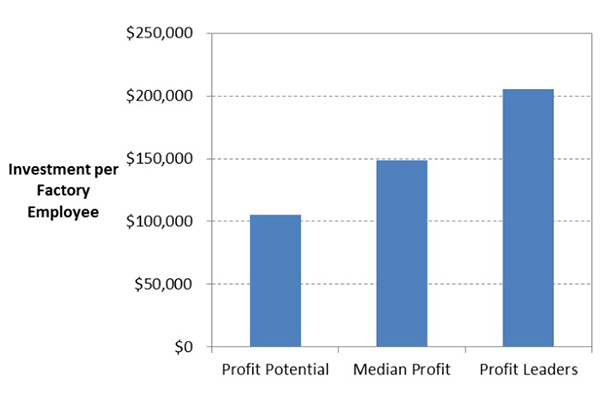Part of IPMA’s Surviving the Pandemic Blog Series
This is the second blog based on the McKinsey white paper “From Surviving to Thriving: Reimagining the Post-COVID-19 Return”. In the previous blog, I discussed recovering revenue. This blog discusses how to rebuild your operation by increasing automation and cross training.
While some in-plants have remained busy during this crisis, most have not. There are stories of hospitals, school districts and state in-plants increasing printing and mailing and using their delivery service to distribute PPE equipment. The vast majority, however, have had to reduce staff. For them, the problem is how to meet SLA (serviced level agreements) with fewer staff. The two best solutions to do more with less people is increase automation and cross train staff.
Increasing Use of Automation
The McKinsey white paper talks about “embracing the future of work” which includes embracing more technology and automation. For many, that means learning to work remotely and use communication and collaboration tools such as Zoom, Skype and MS teams. In our business, this will work for some but not all positions. How do you increase automation for production? Believe it or not, most companies have multiple opportunities to increase automation:
- Many in-plants have uninstalled software, or it is sitting in boxes in closets and never been opened. Install that software and train staff to use it.
- You may only have a limited number of products in your web to print ordering portal. Every additional product you add to your shopping cart, cuts staff time for estimating, order entry, and billing. Add more existing products and consider adding more offerings.
- Do you have out of date hardware or software that could be updated and increase productivity? Update now, if possible.
- How many staff members never received the original training from the manufacturers on how to operate equipment? Typically, the training was offered once when the hardware or software was installed. Years later, you may only have one or maybe no staff that received the original training. Ask the manufacturer– they may be able to train remotely.
Cross Training
The other strategy is cross training. There are two benefits of cross training. First, it creates better back up staff, allowing people to fill in when staff go on vacation or are sick. Second, it provides a flexible production strategy to move staff from low demand areas to high demand areas. Cross training is a little trickier than other forms of training because of the wide variety of jobs and staff. However, a simple tool called the cross training chart with all the skill requirements across the top and all of the staff along one side makes it easy to fill in the boxes with check marks for those who have the skills and identifies who needs additional training.

© Howie Fenton Consulting
According to Printing Industries of America ratio studies, high profit commercial printers spend almost double the investment in hardware and software per employee (automation) than their peers. The result is 30% fewer employees per million dollars of sales. The same is true for in-plants that are profit driven. Those that are not will see increases in productivity per person metrics with cross training.

Summary
This blog discussed rebuilding operations. You can look at it from a tactical or strategic viewpoint. Tactically the question is, “How do I continue to meet deadlines and avoid mistakes with less staff?” Strategically, the question is “How do we retain our relevance and value”.
The two ideas discussed were cross training and automation. However, if you had to severely cut staff, those tactics may not be enough. You may need to consider the idea of “pretend you are turnaround person” which is discussed in the next blog. If none of those work, you could take a “tabula rasa” or clean slate approach. Start with a blank piece of paper and design the staff, procedures, and floor space from scratch.

Howie Fenton is a friend to IPMA members. He is an independent consultant and trusted advisor to in-plant service providers. He helps in-plants measure and improve performance. He is always willing to talk to IPMA members at no cost and offers discounts to IPMA members for any work. For more information, call Howie at 720 872-6339 or visit HowieFentonConsulting.com.
